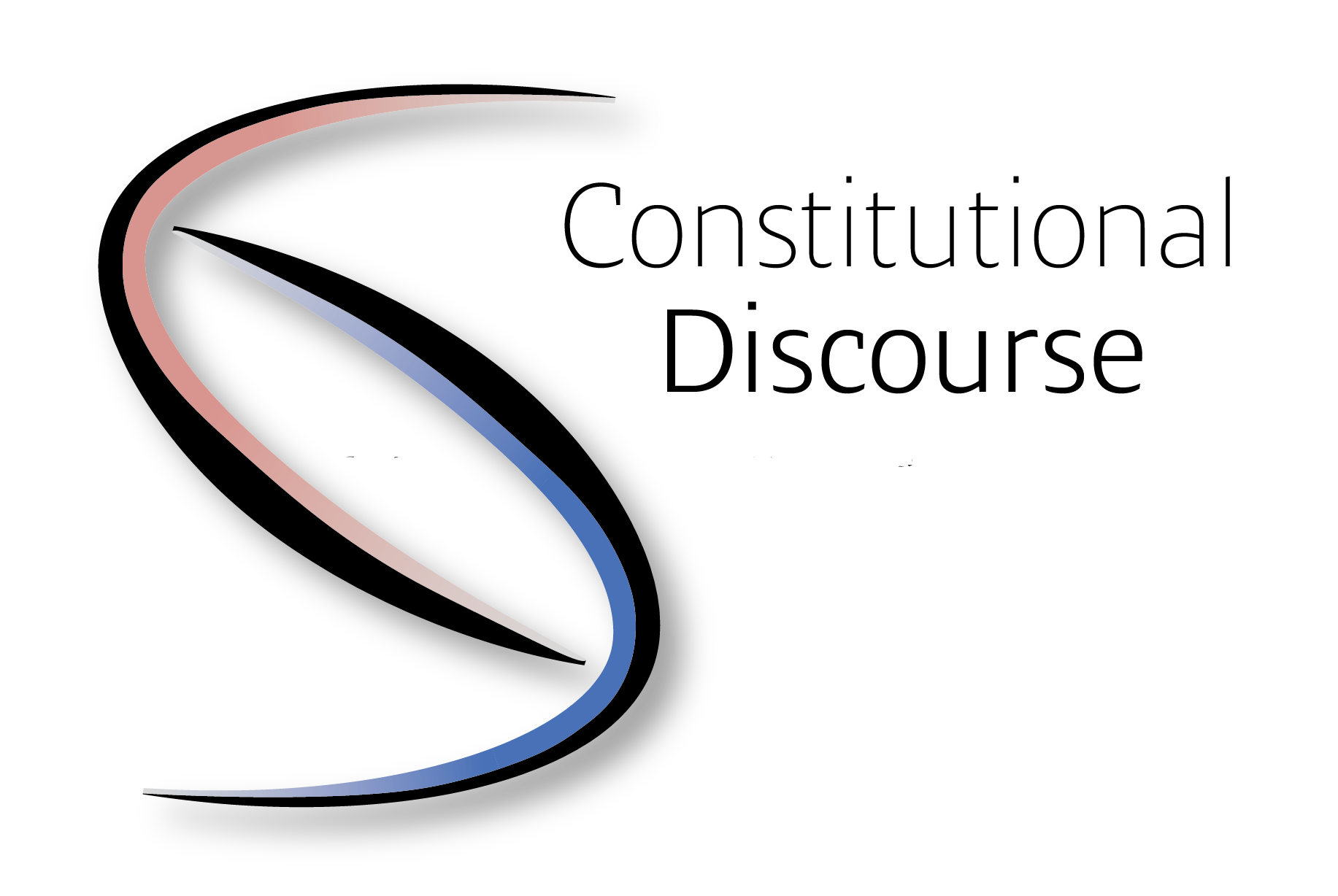Luca SEVARACZ: Green Light for the Green Passport?
The EU COVID-19 Certificate and the Eastern Vaccines in the Light of Free Movement and Residence As many of us have already heard it on the news, on 29 April 2021, the European Parliament (EP) adopted its amendments on the proposal
Attila SZABÓ: Statelessness: Right or Possibility?
On 23 March, the Hungarian Constitutional Court decided on a certain case based on a judicial initiative for norm control. The question of the three judges initiating the procedure was the lawfulness of a new norm in the statelessness procedure.
Norbert TRIBL: Can only one be left in the end? Is this the Way?!
Thoughts on a recent opinion by Advocate General Bobek On 4 March 2021, in the Joined Cases C-811/19 and C-840/19, the opinion of Advocate General Michal Bobek was delivered to the CJEU, which was already mentioned by one of the authors
Blanka BARTOS: SMA infants’ right to health
Are newborn screening and the reception of the treatment for SMA disease fundamental human rights? I. Introduction Since the 1960s, newborn screening has been around and saved lives.[1] Countries have been continuously expanding the range of screened diseases after the baby’s birth,
Márton SULYOK: Constitutional Justice in Europe – “Courting” Death?
On the Less than Usual (?) Theme This January, listening to the optimistic start-of-the-year hum in my ears, despite COVID, I wrote that there surely are some lessons to be learned from all of those issues, good or bad, that surrounded, courted, then consumed some constitutional courts
Aida BEKTASHEVA: Is It Possible the EAEU Co-existing with the EU in One Spot?!
Over the last decades, the interest of practitioners and academics alike has substantially increased in regional integration. Unions for regional integration are faced with quite a lot of choices, for example, which form of integration they should select, whether or
Mónika MERCZ: Some remarks on Article P) of the Fundamental Law of Hungary
Introduction One of the most important issues we must deal with in 2021 is climate change and its effect on a global scale. There are several treaties aiming to preserve the environment’s well-being. In the case of the European Union Green
Márton SULYOK: Size Does Matter (?!)
Some European Debates on the Use of Religious Symbols in the Workplace On 25 February 2021, Athanasios Rantos AG (CJEU) has issued an opinion in two German PRPs (preliminary ruling procedures) on whether an employer’s internal ‘neutrality policy’ can at all
Balázs TÁRNOK: Widening the gap between the EU and its citizens
On the European Commission’s decision rejecting the Minority SafePack Initiative The respect for the rights of persons belonging to minorities has been a declared fundamental value of the EU since the entry into force of the Treaty of Lisbon, however, in
Balázs SZABÓ: COVID-19: Introduction to the administration law competences problem-set
The COVID-19 pandemic quickly consumed the whole world, so the European Union – as a global player – and the Member States – as sovereigns – had to take immediate action to protect their citizens and their role in the




